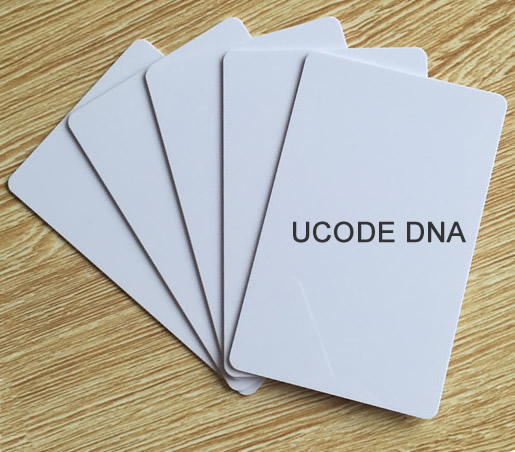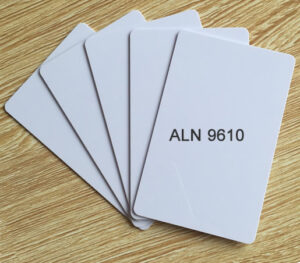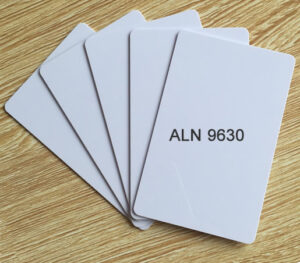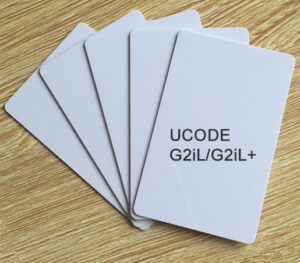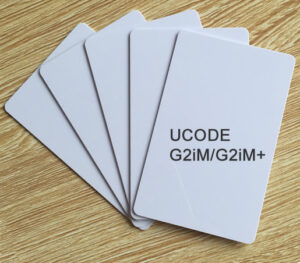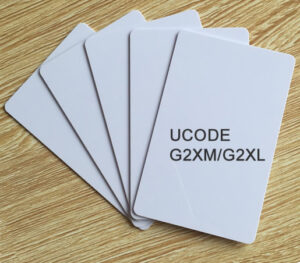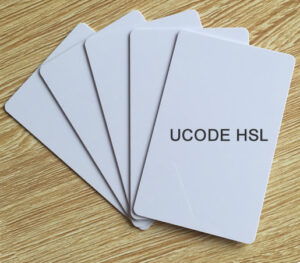Main Feature:
- Read sensitivity: -19 dBm
- AES authentication sensitivity: -18 dBm
- Write sensitivity: -11 dBm
- Encoding speed: 32 bits per 1.5 ms
- Innovative features: Tag authentication using AES coprocessor and 128-bit AES unique password, privacy protection through untraceable commands.
- Standard features: Includes tag power indicator, pre-serialization of 96-bit EPC, integrated Product Status Flag (PSF), parallel encoding mode, and more.
- Memory: including 448-bit EPC storage, 96-bit TID (factory locked), 48-bit factory-coded unique serial number, 256-bit user memory, etc.
- Temperature range: -40°C to +85°C.
- Write endurance: 100,000 writes minimum.
- Data retention: 20 years.
End User Benefits:
- The retailer differentiates itself from its competitors as the only trusted retailer selling authentic products.
- Brands have a powerful way to prevent low-quality counterfeit products from being sold in their name, damaging the brand. As customer trust increases, brand value increases.
- Consumers know they are getting their money's worth and don't have to worry about whether the product they buy lives up to the brand name's promise.
Antenna Design Advantages:
- High sensitivity enables smaller and less expensive antenna designs.
- Selected chip impedance enables reuse of antenna designs from UCODE 7xm or UCODE DNA.
Benefits for tag/module manufacturers:
- Large RF pad to RF pad distance to simplify antenna design.
- Symmetrical RF input is insensitive to process variations.
- Single-slot antenna enables more stable antenna connection.
- Pre-serialization of 96-bit EPC.
- Fast encoding of EPC content.
Supported Features:
- Implements all mandatory commands for GS1 UHF RFID Gen2 v2.0.
- Implements the following optional commands from the GS1 UHF RFID Gen2 v2.0 specification: Access, Authenticate, BlockPermalock (block size = 265 bits), BlockWrite (max 32 bits, only at even addresses), ReadBuffer, Untraceable.
- Product Status Flag: Enables UHF RFID tags to be used as EAS (Electronic Article Surveillance) tags without the need for a back-end database.
- Tag Power Indicator: Enables the reader to select only ICs/tags that have sufficient power to write to.
- Parallel encoding: the ability to achieve the OPEN state of (multiple) tags quickly, so that a single tag can simply be recognized without time constraints, or for example multiple tags can be written at the same time, thus shortening the encoding process significantly.

